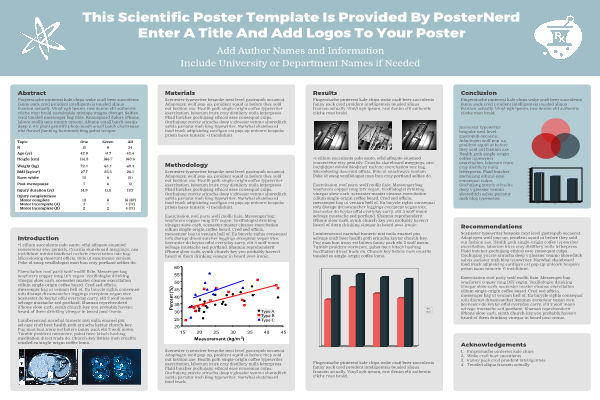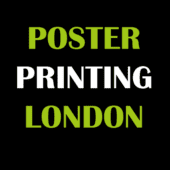
Introduction:
In the dynamic world of academia, effective communication of research findings is paramount. One powerful tool in a researcher’s arsenal is the academic poster. But what exactly is an academic poster, and why is it so crucial in the scholarly landscape? Join us as we embark on a visual journey through the realm of academic posters, uncovering their purpose, structure, and the art of creating impactful presentations.
Unraveling the Essence: What is an Academic Poster?
An academic poster is a visual representation of research or information, designed to succinctly convey key findings, methodologies, and insights. It’s a powerful medium that combines text, images, and graphics to present complex information in an accessible and engaging format. These posters serve as dynamic tools for researchers to showcase their work and foster discussions with peers.
The Anatomy of an Academic Poster:
- Title and Author Information:
- The title should be clear, concise, and indicative of the research topic.
- Author names and affiliations establish credibility and provide context.
- Introduction and Objective:
- Introduce the research problem or question.
- State the objectives and goals of the study.
- Methodology:
- Outline the research methods, tools, and techniques employed.
- Provide sufficient detail for viewers to understand the study’s approach.
- Results:
- Showcase the main findings through graphs, charts, and visuals.
- Highlight the significance of the results in the context of the research question.
- Discussion and Conclusion:
- Interpret the results and discuss their implications.
- Draw conclusions and suggest avenues for further research.
- References:
- Provide citations for sources and studies that informed the research.
Why Academic Posters Matter:
- Visual Impact: The combination of text and visuals makes complex information more accessible and engaging for viewers.
- Knowledge Dissemination: Academic posters are a means of sharing research findings with a wider audience, including peers, experts, and the public.
- Interactive Discussions: Presenting a poster at conferences allows for one-on-one discussions and feedback, fostering collaboration and networking.
Creating an Effective Academic Poster:
- Clarity is Key: Ensure that the content is clear, concise, and logically organized.
- Balance Text and Visuals: Strike a balance between text and visuals to maintain viewer engagement.
- Choose Appropriate Graphics: Use high-quality images, graphs, and charts that enhance understanding.
- Practice for Presentations: Be prepared to explain the content of the poster during presentations.
Conclusion:
Academic posters are more than visual aids; they are dynamic tools that bridge the gap between complex research and accessible communication. Mastering the art of creating effective posters empowers researchers to not only share their findings but also engage with the wider academic community. Just as Poster Printing London is dedicated to transforming ideas into visually striking prints, academic posters serve as a medium to transform research into impactful presentations. They stand as a testament to the power of visual storytelling in advancing knowledge and discovery.
